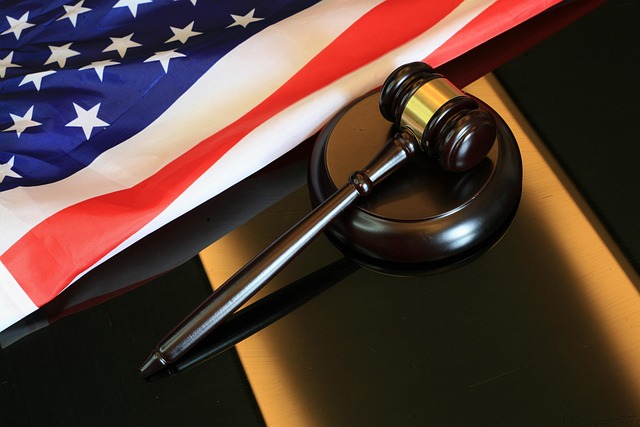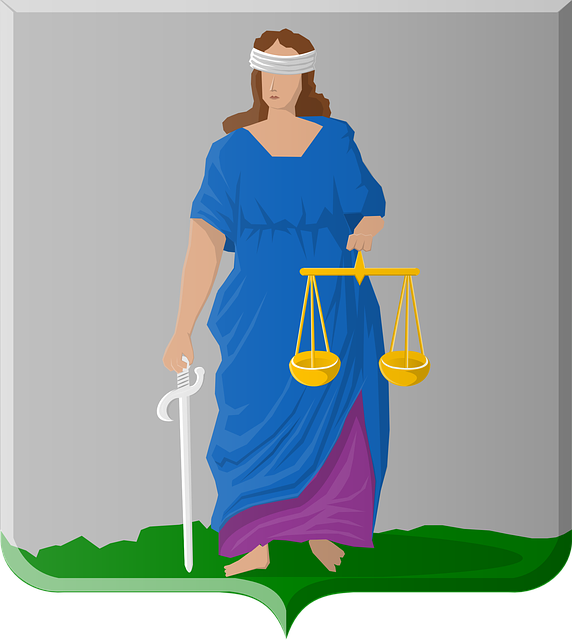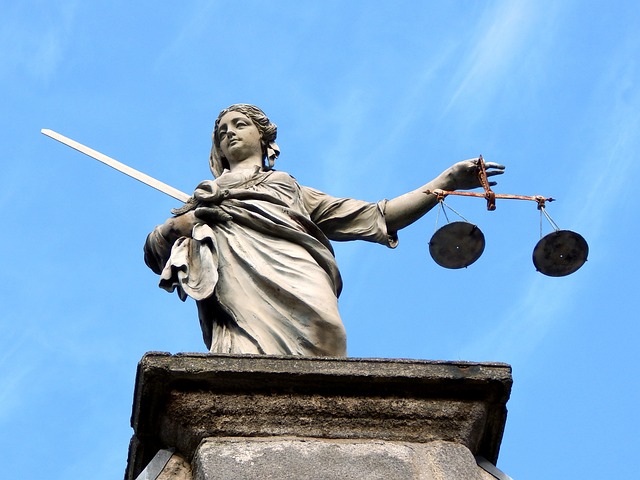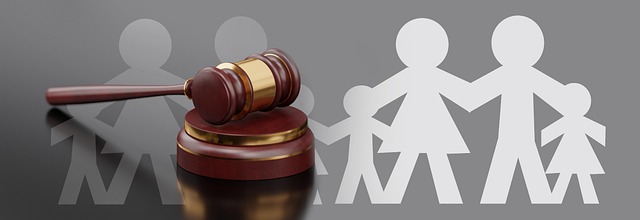Public corruption, including bribery and abuse of power, undermines trust in institutions. The "Class Action Lawsuit Settlement Process Explained" highlights a strategy for communities to hold corrupt entities accountable and seek justice for victims nationwide. This process involves collaboration between plaintiffs, legal teams, and defendants, aiming for financial compensation and reforms to deter future misconduct. Victims, empowered by legal representation, play a crucial role in investigations and settlements, fostering transparency and restoring faith in public affairs.
“Uncovering and addressing public corruption is essential for maintaining a just society. This article delves into the intricate world of public corruption charges, offering a comprehensive guide for victims and enthusiasts alike. We explore defining moments like understanding public corruption charges, their impact on communities, and navigating complex legal landscapes.
A significant aspect highlighted is the Class Action Lawsuit Settlement Process Explained, detailing steps to achieve justice. Additionally, we dissect the rights and roles of victims in these cases, emphasizing their importance in fostering transparency.”
- Understanding Public Corruption Charges: Definitions & Impact
- Navigating Class Action Lawsuit Settlement Process
- Rights & Role of Victims in Public Corruption Cases
Understanding Public Corruption Charges: Definitions & Impact
Public Corruption Charges refer to allegations of illegal activities involving public officials or government entities for personal gain. This can include bribery, fraud, abuse of power, and other forms of misconduct that erode public trust and hinder effective governance. Understanding these charges is crucial, especially in the context of a Class Action Lawsuit Settlement Process Explained. Such lawsuits are brought against individuals or organizations accused of corrupt practices, aiming to secure compensation for affected parties across the country.
The impact of public corruption is far-reaching. It undermines democratic principles, distorts market competition, and leads to inefficient allocation of resources. An unprecedented track record of successful Class Action Lawsuit Settlement Processes has demonstrated the ability to achieve extraordinary results in holding corrupt entities accountable. By using legal avenues, affected communities can seek justice, restore integrity in public institutions, and ensure that misconduct does not go unpunished.
Navigating Class Action Lawsuit Settlement Process
Navigating the Class Action Lawsuit Settlement Process can be a complex and intricate journey, especially when it comes to addressing public corruption issues. This process involves careful coordination among plaintiffs, legal representatives, and defendants, with the ultimate goal of achieving justice for those affected by corrupt practices. A well-managed settlement not only provides financial compensation but also sends a powerful message to both individuals and institutions about the consequences of unethical conduct.
In recent years, many successful class action lawsuits against public corruption have resulted in unprecedented track records of accountability. These settlements often include measures that go beyond monetary redress, such as reforms aimed at preventing future misconduct within the philanthropic and political communities. By engaging in open dialogue and considering all available options, stakeholders can collectively shape a process that not only resolves legal disputes but also fosters positive change, ensuring transparency and integrity in public affairs.
Rights & Role of Victims in Public Corruption Cases
In public corruption cases, victims often find themselves at a disadvantage due to the intricate nature of such crimes. However, they possess rights and play a crucial role in the justice system. Victims have the right to be informed and involved in all stages of the investigative and enforcement process, ensuring their voices are heard. This participation is not merely an option but a powerful tool to achieve extraordinary results across the country. By actively engaging with law enforcement and prosecutors, victims can contribute essential insights that aid in building robust cases against corrupt officials.
The Class Action Lawsuit Settlement Process Explained serves as a mechanism for victims to collectively seek justice. This process allows them to band together, strengthening their position and potentially achieving substantial settlements or compensations. Through legal representation, victims can navigate the complex legal landscape, ensuring their rights are protected throughout. It’s not just about pursuing perpetrators; it’s also about healing and restoring faith in public institutions by holding corrupt officials accountable for their actions.
Public corruption charges can have profound effects on communities, undermining trust and hindering progress. Understanding these charges, navigating complex legal processes like the Class Action Lawsuit Settlement Process, and recognizing the rights of victims are crucial steps in ensuring accountability. By delving into these aspects, we empower ourselves to participate actively in fostering transparency and justice, ultimately revolutionizing how we address public corruption.






